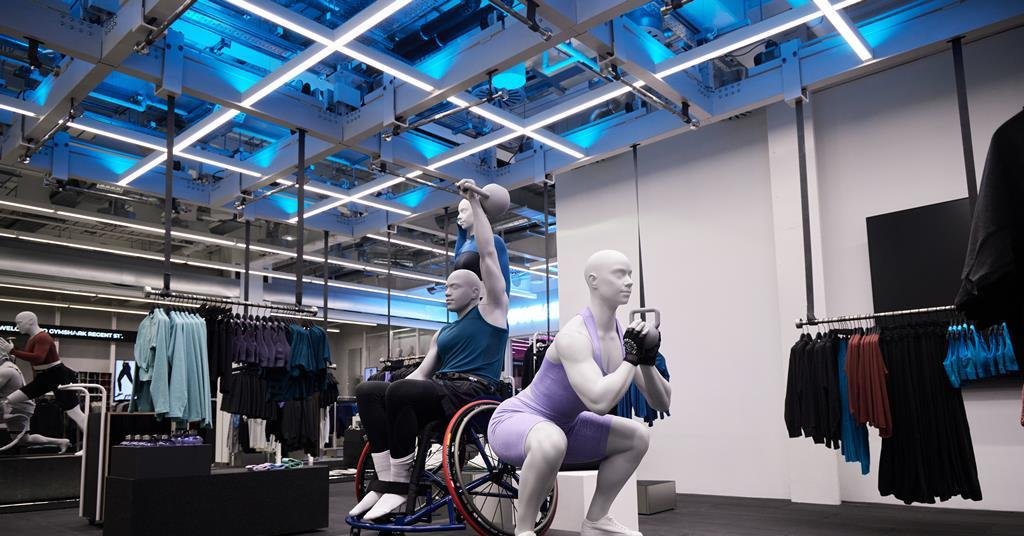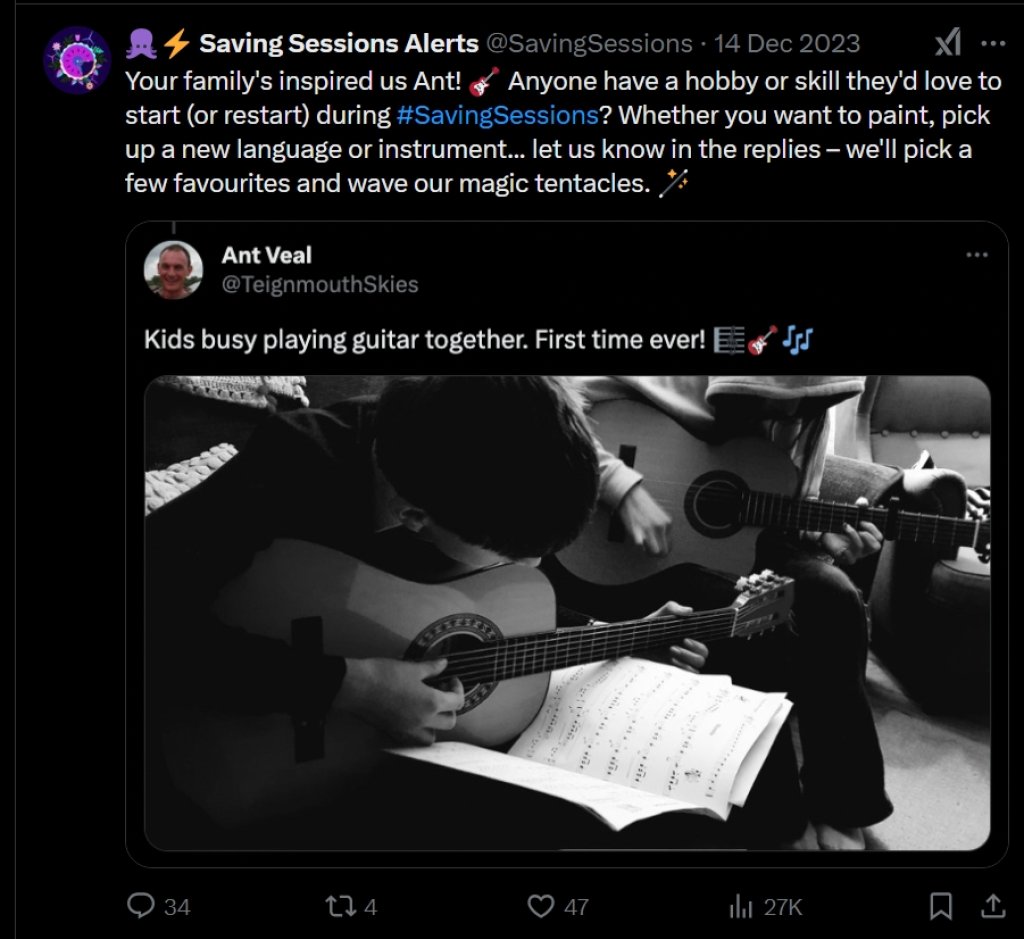In 2025 and beyond, social media can no longer be considered an afterthought. It has become a search engine, news feed, way to connect with friends and our wider community. In this digital age, it has become absolutely crucial for companies to be strategic in their online presence.
We have 24 hours in a day. We tend to spend 6-8 of these asleep, 8-10 at work, and the remaining time simply ‘doing life’. We are notoriously busy, chronically time poor, and more often than we’d like to admit… glued to our phones.
Recent data shows that the average person spends 2 hours and 20 minutes on social media every single day [1]. That’s the equivalent of carving out a full month each year dedicated to scrolling, swiping, and connecting with others online.
A staggering statistic, but one which perhaps doesn’t come as a surprise.
Today, there are over 5 billion people on social media – 5 billion people whose lives we can touch and tell our stories to... just by clicking ‘post’ [2]. As a comms tactic, social media is often considered an afterthought, however, there’s no denying that in our digital age, its role is instrumental and should not be underestimated.
Is Social Listening the Secret to Staying Ahead?
Social listening – “the activity of monitoring and analysing social media content that is related to or relevant for one's product or brand” … or in other words, a window into the minds of our audience. They like a campaign. You know it. A video goes viral. You see it. People are angry about something. Well, you certainly know that too.
It’s these nuggets of insight which are invaluable for brands - allowing them to react instantaneously, jump on trends, and step up where people feel let down. In fact, our friends from Madano recently shared report findings which stated that 72% of users feel more connected to brands who engage with them online [3].
But what does engaging actually entail? Well, it involves more than just responding to comments; it means creating content that truly resonates with an audience’s interests and values. Brands can participate in relevant conversations by offering thoughtful commentary on timely topics or use the intel from social listening tools to guide their strategic thinking in the future. Through specific analytic platforms (like Brandwatch or SignalAI), businesses can then tailor their content strategies based on audience preferences and behaviours – a process I’m involved with daily as a member of Hanover’s digital team.
"Don't underestimate the knowledge of social teams"
Social media teams are more than memes and Instagram posts – they see and hear the viewpoints and opinions closest to your brand.
Consider a newspaper, for example. A person might read an article, glance at an advert, or notice a product, but we have no way of knowing truly how that reader feels. However, when you log onto platforms like X, Facebook, Instagram, or LinkedIn, there is an opportunity to see and read your audience’s reactions, thoughts, and emotions in real time.
This allows us to stay ahead of the curve when it comes to content creation and anticipate future trends by understanding what truly captivates our clients’ audiences. Ultimately, this interaction fosters a sense of community, allowing followers to feel heard, valued and truly part of the brands they follow.
Take Gymshark, for example—a fitness brand with an extraordinary online presence and over 7 million followers on Instagram alone. It’s the easy, or somewhat ‘expected’ option for them to use the typical athletic body type in every brand promotion as inspiration for their fitness followers. However, social listening showed that this couldn’t be further from what people actually wanted. Their online community felt a need see their own bodies represented in the brand – bodies that work a 9-5 job, that have kids, and which may have a physical disability. Their social media team listened, digested these insights, and took action to show that they had really heard. Gymshark moved the online… offline to create in-store mannequins using the bodies of real members of the Gymshark community – a bold and authentic move which was applauded by many. A prime example of how social can transform and positively influence the way a business functions, and what they should be prioritising as a brand.
Another compelling case study is Monzo.
Traditionally, the words "bank" and "social media" might not be paired together, but Monzo has well and truly proven that assumption wrong. Over recent years, they have revolutionised their social media presence by tapping into trends as they emerge, sprinkling their posts with pop culture references, turning customer comments into real-time content, and using snappy, tongue-in-cheek copy to strike a chord with their followers.
A standout example of this is their creative spin on Spotify’s viral ‘Wrapped’, reimagined as a 'Year in Monzo'. App users were invited to have their previous year's spending analysed with options for either 'nice' or 'savage' feedback. This campaign went viral on social media due to its witty commentary and was widely shared by users across channels. Tactically, Monzo’s social teams have responded to these posts, further snowballing reach and engagement.
Monzo has clearly invested time in understanding who their audience is, and what they want to see. They have disrupted the industry, carved out a niche amongst financial competitors, and evolved their strategy in tandem with their online community. The result? A robust customer base, strong online engagement, and a newfound perception of finance that is—dare I say it—fun!
A Force for Wider Change…
Social media doesn't just shape consumer brands — it also has the potential to drive real policy change and influence the broader corporate agenda.
Octopus Energy – a leading investor in renewable energy, used their social platform to do exactly that.
It’s no secret that in the UK, energy prices are rising whilst climate change is reaching a critical level. To help support its customers and the planet, Octopus introduced their ‘Energy Saving Sessions’ initiative, aiming to minimise pressure the UK’s Energy Grid and prevent harmful use of fossil fuels. When customers use less power during peak energy traffic times as a token of thanks, customers would receive money off their next bill.
So, what did they do that was so great? Well, Octopus Energy amplified this initiative on social media, creating bespoke hashtags to ask their audiences what they were doing during the energy-saving periods. They also hosted live quizzes, conducted Q&A sessions with their CEO, with their social team responding to comments in real time, engaging with trends in a tongue-in-cheek manner. The result? Over 1 million Octopus Energy customers participating in the largest home energy experiment, saving 860 tonnes of CO2 from entering the atmosphere and earning £10 million in rewards for customers [4].
The power of social listening played a crucial role here. By using hashtags effectively, Octopus could identify standout content and track which aspects resonated most with audiences. This allowed them to refine their approach continually based on real-time feedback— the definition of an audience first campaign, which was always on.
A Vision for 2025: Harnessing Social Media for Strategic Growth
In 2025 and beyond, social media can no longer be considered an afterthought. It has become a search engine, news feed, way to connect with friends and our wider community, and for our clients – a pinnacle source of reputation management. It's often the first port of call for audiences seeking information about a brand or business…how many times have you checked a restaurant’s Instagram account before booking or looked at product reviews on TikTok before making a purchase? In this digital age, it has become absolutely crucial for companies to be strategic in their online presence.
At Hanover, we harness social listening as an essential tactic to achieve exactly that —not only focusing on positive feedback but also constructively addressing negative comments to ensure clients remain audience-centric and authentically true to themselves online. It's important to remember that social media is not a "one-stop shop” - It requires ongoing monitoring, vigilance, and laddering insights up to the rest of the business, as Gymshark, Monzo and Octopus have executed so effortlessly. Keeping your finger on the pulse allows you to craft the most strategic approach to content creation, whilst ensuring that brand reputation is upheld and amplified.
As social channels twist and turn (Musk and the decline of X) and the online world expands (Introducing Bluesky…), the need to embrace digital strategies to stay relevant is only set to grow. By employing these tactics, brands can confidently navigate the evolving landscape and meaningfully engage with their audiences. This ensures that they aren’t simply telling their narrative, but instead, are allowing their communities to collectively shape it…
---------------------------------------------------------------------------------------------------
[1] Data Reportal (2024) The time we spend on social media. Available at: https://datareportal.com/reports/digital-2024-deep-dive-the-time-we-spend-on-social-media (Accessed January 2025).
[2] Data Reportal (2024) 5 billion Social Media Users. Available at: https://datareportal.com/reports/digital-2024-deep-dive-5-billion-social-media-users (Accessed January 2025)
[3] Madano (2024) How Communities can Reshape the Internet. Available at: https://madano.com/news/the-orange-paper-how-communities-can-reshape-the-internet (Accessed January 2025)
[4] Brandwatch (2024) Octopus Energy’s Saving Sessions: Customer Engagement and the future of energy. Available at: https://www.brandwatch.com/webinars/octopus-energys-saving-sessions/#:~:text=In%20Saving%20Sessions%2C%20over%20a,instrumental%20in%20Saving%20Sessions%27%20success (Accessed January 2025)









